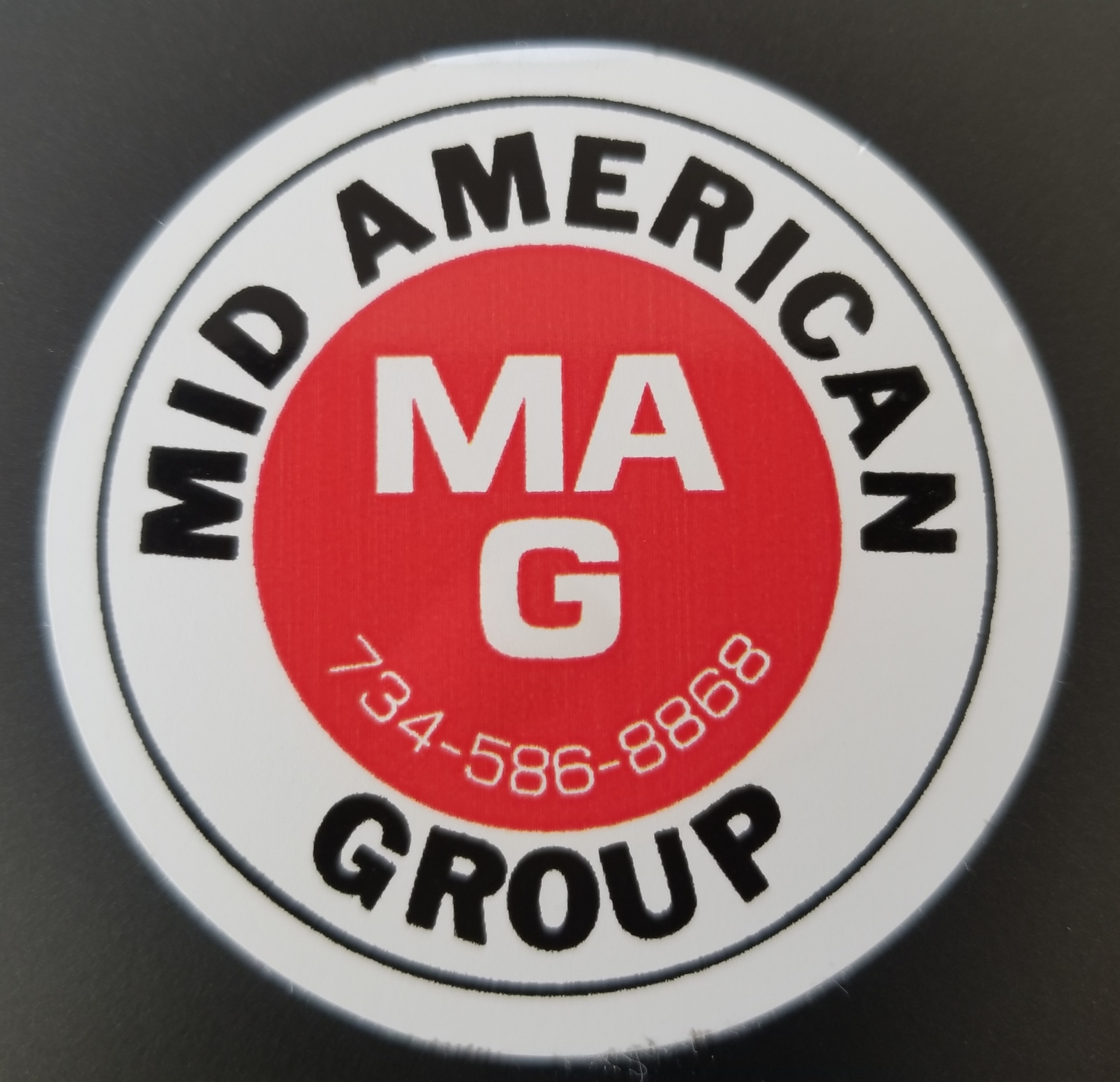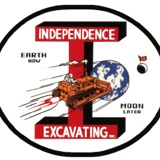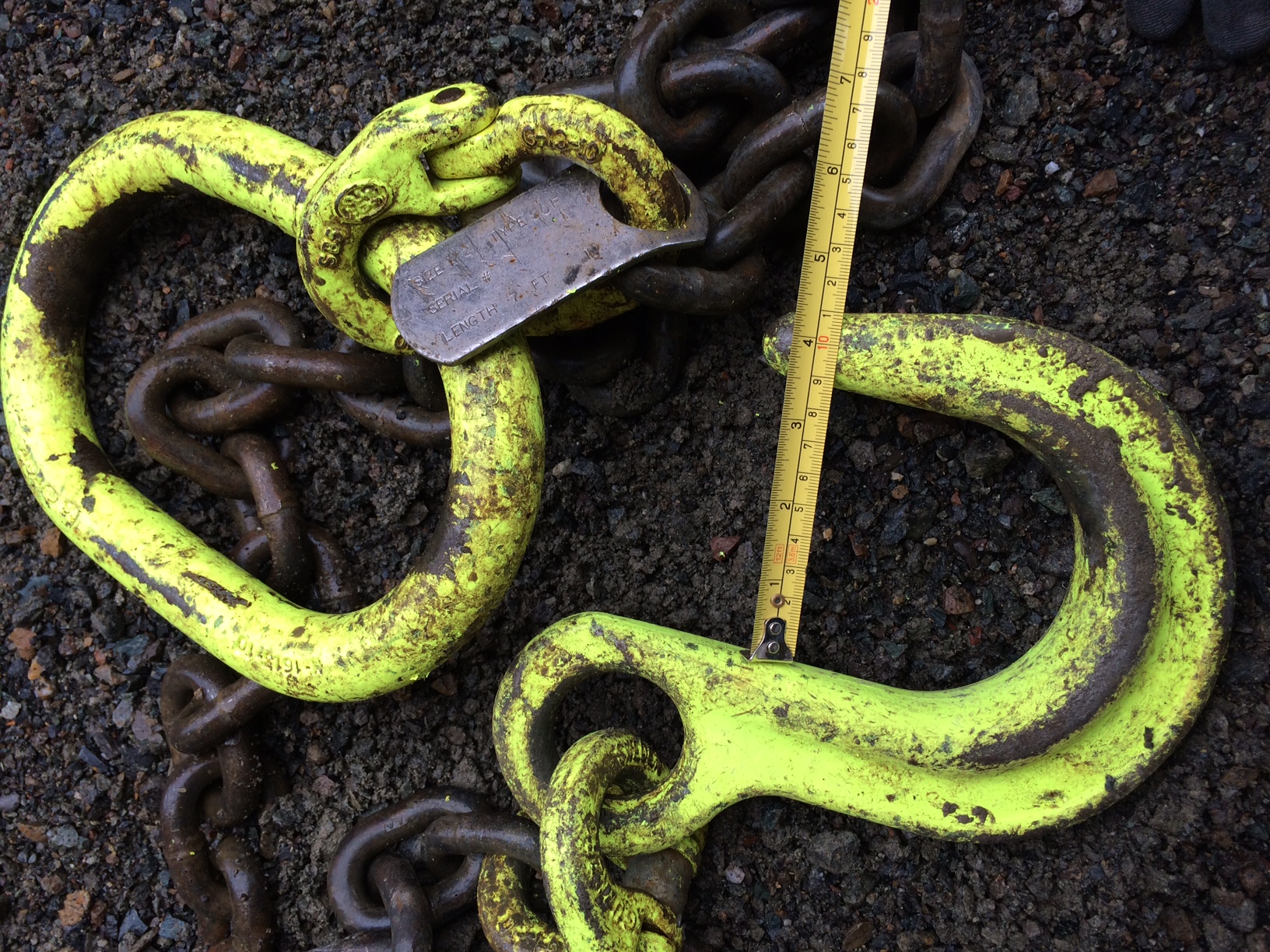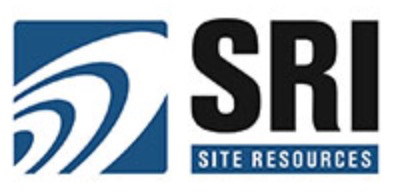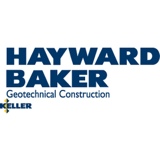Title Page
-
Foreman's Name - Rigging Inspection - ID#
-
Conducted on:
-
Location:
Inspection of Slings
1.0 Inspection of Rigging Hardware
-
1.1 Missing or illegible manufacturer's name or trademark and/or rated load identification (or size as required)?
-
1.2. A 10% or more reduction of the original dimension?
-
1.3. Bent, twisted, distorted, stretched, elongated, cracked or broken load bearing components?
-
1.4. Excessive nicks, gouges, pitting, and corrosion?
-
1.5. Indication of heat damage including weld spatter or arc strikes, evidence of unauthorized welding?
-
1.6. Loose or missing nuts, bolts, cotter pins, snap rings, or other fasteners and retaining devices?
-
1.7. Unauthorized replacement components or other visible conditions that cause doubt as to the continued use of the sling.
2.0 Hooks
-
2.1. Any visibly apparent bend or twist from the plane of the unbending hook
-
2.2. Any distortion causing an increase in throat opening of 5% not to exceed 1/4"
-
2.3. Missing or illegible rated load identification
-
2.4. Missing or illegible hook manufacturer's identification
-
Slings Rejection Criteria: Missing or illegible sling identification; evidence of heat damage; slings that are knotted; fittings that are pitted, corroded, cracked, bent, twisted, gouged, or broken; other conditions, including visible damage that cause doubt as to the continued use of the sling.
3.0 Inspection of Wire Rope Slings
-
3.1. Excessive broken wires, for strand-laid and single part sling, ten randomly distributed broken wires in one rope lay or five broken wires in one rope lay
-
3.2. Severe localized abrasion or scraping, kinking, crushing, birdcaging
-
3.3. Any other damage resulting in damage to the rope structure
4.0 Inspection of Web Slings
-
4.1 Acid or caustic burns
-
4.2 Melting or charting of any part of the sling
-
4.3 Holes, tears, cuts, or snags
-
4.4 Broken or worn stitching in load bearing splices
-
4.5 Excessive abrasive wear
-
4.6 Discoloration and brittle or stiff areas on any part of the sling, which may mean chemical or ultraviolet / sunlight damage
5.0 Inspection of Round Slings
-
5.1 Acid or caustic burns
-
5.2 Evidence of heat damage
-
5.3 Holes, tears, cuts, abrasive wear or snags that expose the core yarns
-
5.4 Broken or damaged core yarns
-
5.5 Weld spatter that exposes core yarns
-
5.6 Discoloration and brittle or stiff areas on any part of the slings, which may mean chemical or other damage
6.0 Below-The-Hook Lifting Devices
-
6.1 A nameplate or other permanent marking shall be affixed displaying the following: Manufacturer's name and address; serial number; lifter weight, if over a 100 lbs; rated load
-
During frequent or periodic inspections, any deficiencies, such as listed below shall be carefully examined, and determination made as to whether they constitute a hazard
-
6.2 Structural deformation, cracks, or excessive wear on any part of the lifter
-
6.3 Loose are missing guards, fasteners, covers, stops, or nameplates
-
6.4 All functional operating mechanisms for misadjustments interfering with operation
-
6.5 Loose bolts or fasteners
-
6.6 Cracked or worn gears, pulleys, sheaves, sprockets, bearings, chains and belts
-
6.7 Excessive wear of friction pads, linkage, and other mechanical parts
-
6.8 Excessive wear at hoist hooking points and load support clevises or pins
7.0 Minimum Inspection for Lever Operated Chain Hoists
-
7.1 All functional mechanisms for maladjustments
Signatures
-
Foreman
-
chriscole412@me.com






